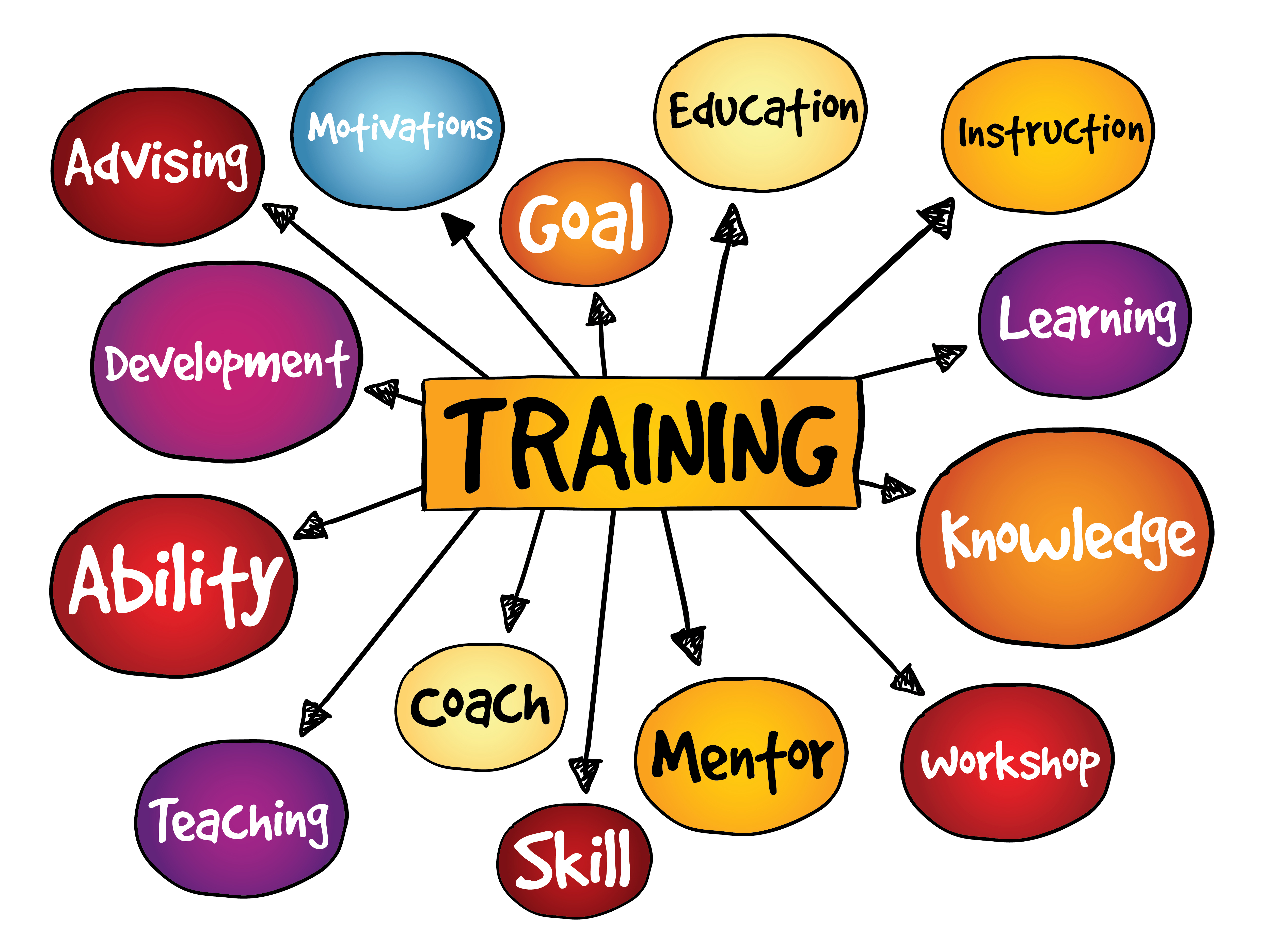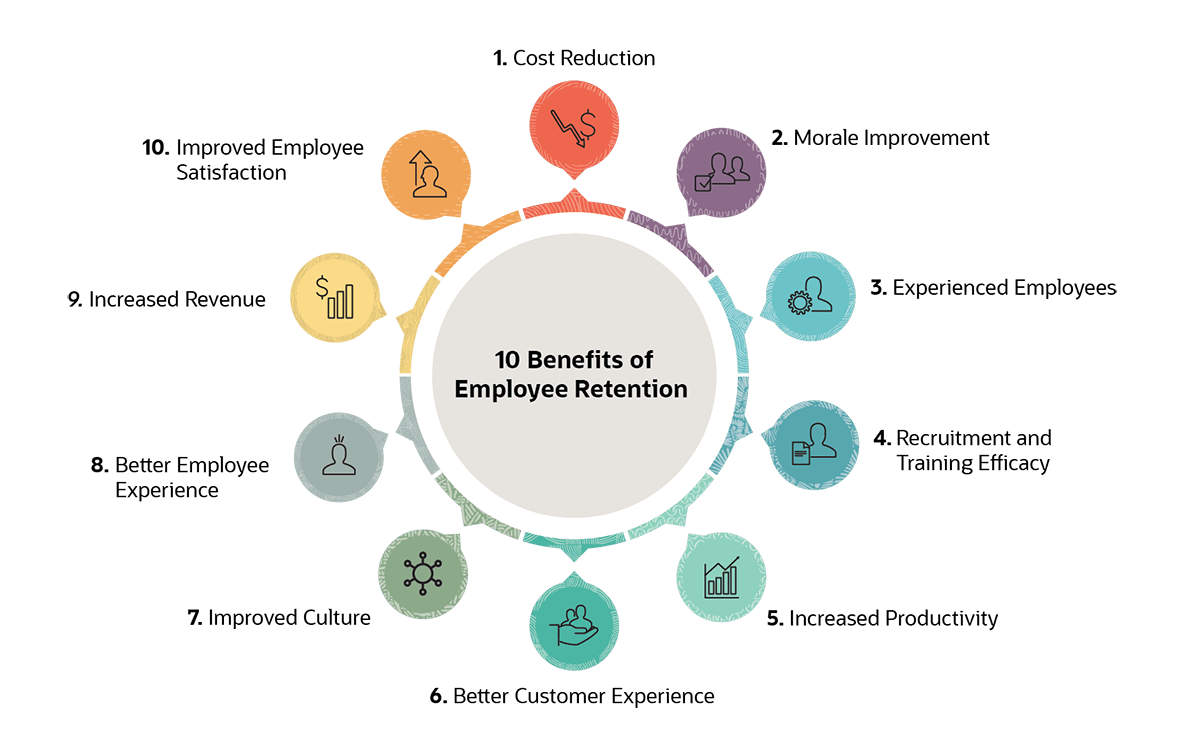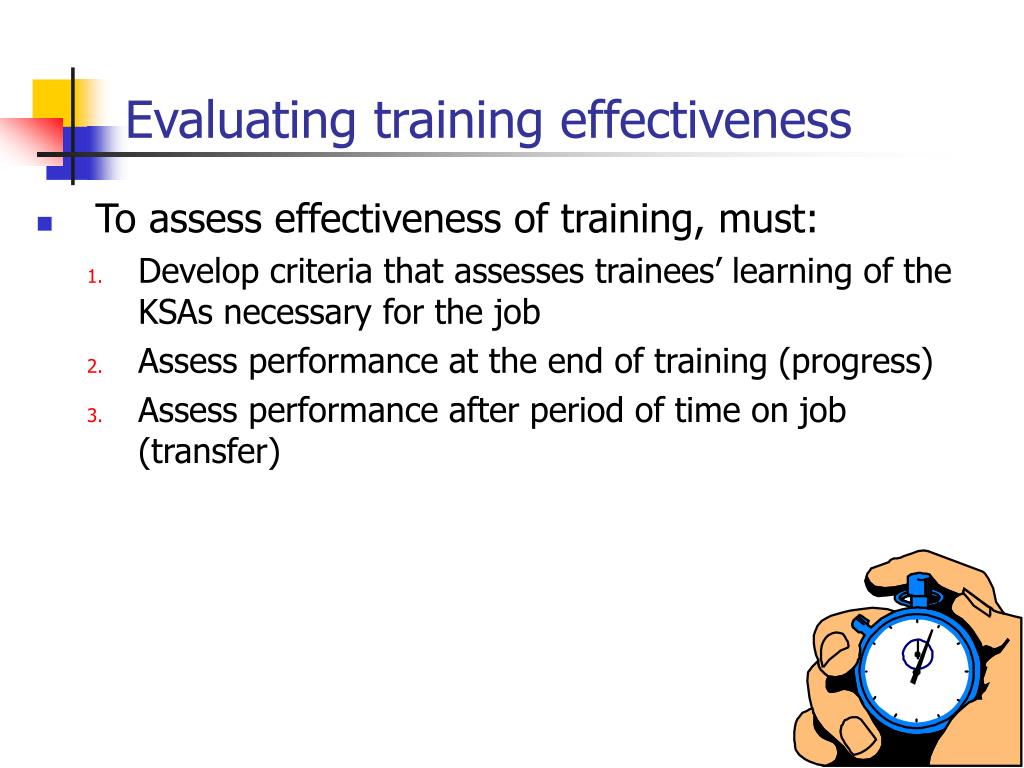Job Trainig Presentation
| Introduction to Job Training | ||
|---|---|---|
| Job training is a crucial component of professional development. It equips individuals with the necessary skills to perform their job effectively. Effective job training programs lead to improved productivity and job satisfaction. | ||
| 1 | ||
| Importance of Job Training | ||
|---|---|---|
| Job training enhances employee performance and competence. It reduces errors and increases efficiency in the workplace. Training ensures employees stay up-to-date with industry trends and best practices. | ||
| 2 | ||
| Types of Job Training | ||
|---|---|---|
| On-the-job training provides hands-on experience in the actual work environment. Classroom training offers theoretical knowledge and practical exercises. Online training provides flexibility and accessibility to learners. | ||
| 3 | ||
| Benefits of Job Training for Employees | ||
|---|---|---|
| Increased job satisfaction and confidence in their abilities. Opportunities for career advancement and growth. Enhanced employability and marketability in the job market. | ||
| 4 | ||
| Benefits of Job Training for Employers | ||
|---|---|---|
| Improved employee retention and loyalty. Higher levels of productivity and performance. Reduced training costs in the long run. | ||
| 5 | ||
| Best Practices for Effective Job Training | ||
|---|---|---|
| Identify specific training needs and objectives. Utilize a variety of training methods to cater to different learning styles. Provide continuous feedback and support throughout the training process. | ||
| 6 | ||
| Evaluating Job Training Effectiveness | ||
|---|---|---|
| Assess employee performance before and after training to measure improvement. Seek feedback from trainees to identify areas of improvement. Monitor key performance indicators to determine the impact of training on business outcomes. | ||
| 7 | ||
| Overcoming Challenges in Job Training | ||
|---|---|---|
| Lack of time and resources for training. Resistance to change or reluctance to participate in training. Ensuring training content is relevant and up-to-date. | ||
| 8 | ||
| Future Trends in Job Training | ||
|---|---|---|
| Increased use of technology, such as virtual reality and augmented reality, for immersive training experiences. Personalized and adaptive learning approaches tailored to individual needs. Continuous learning and upskilling to keep up with rapidly changing job requirements. | ||
| 9 | ||
| Conclusion | ||
|---|---|---|
| Job training is essential for both employees and employers. It enhances skills, improves performance, and contributes to overall organizational success. Investing in job training leads to a more competent and satisfied workforce. | ||
| 10 | ||







